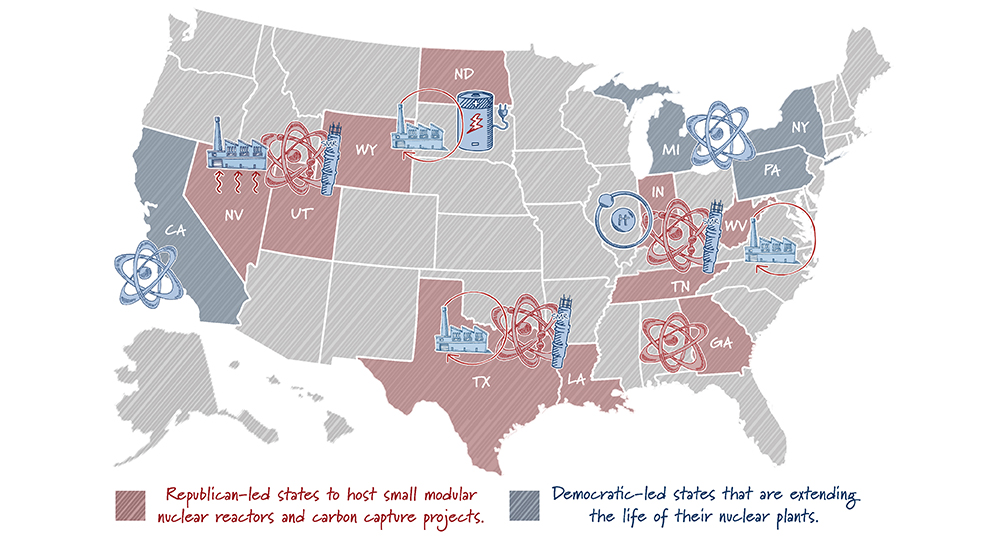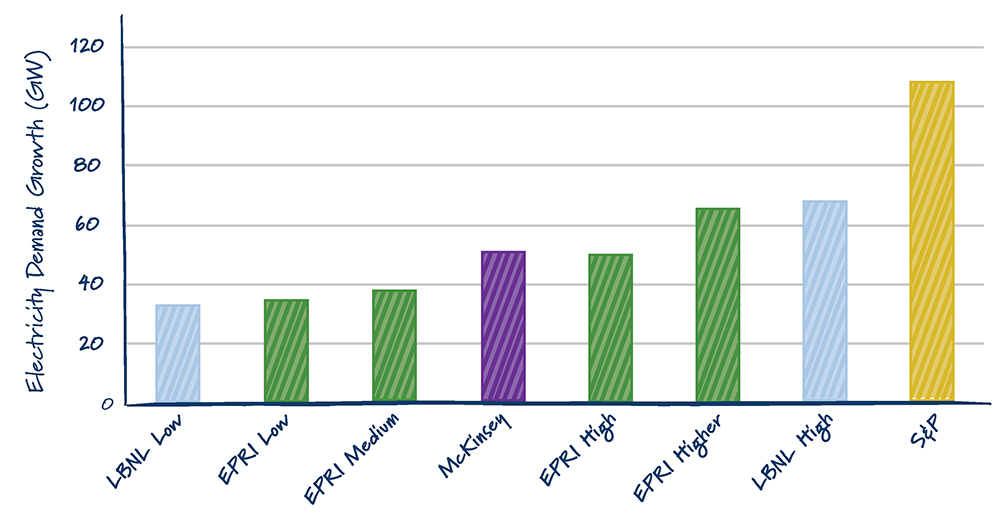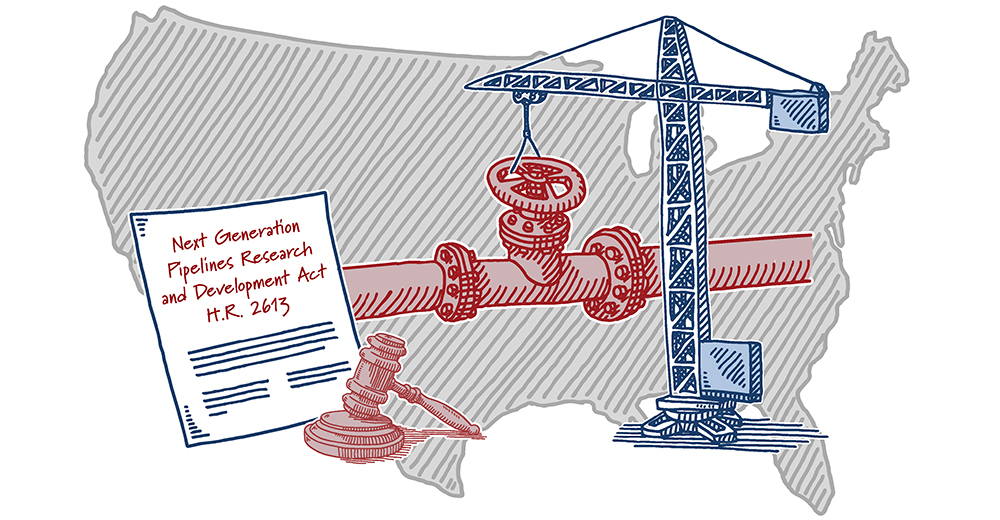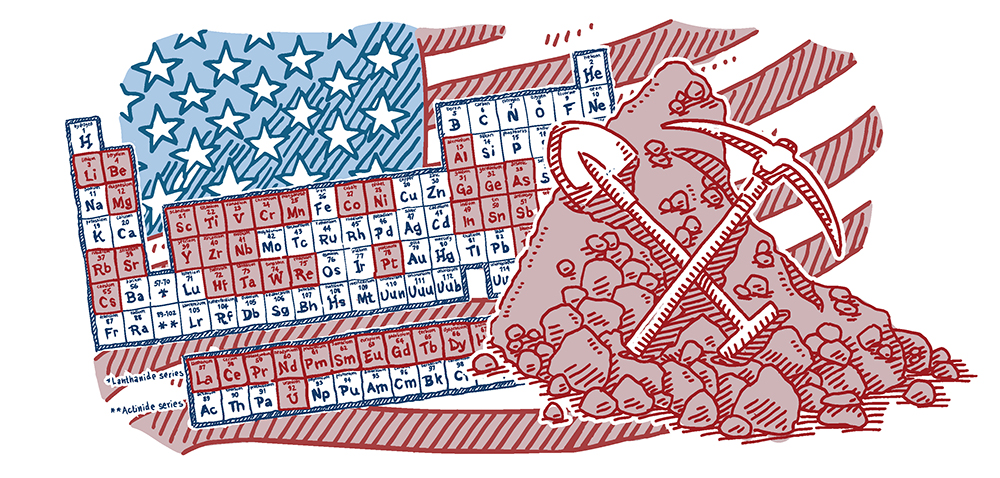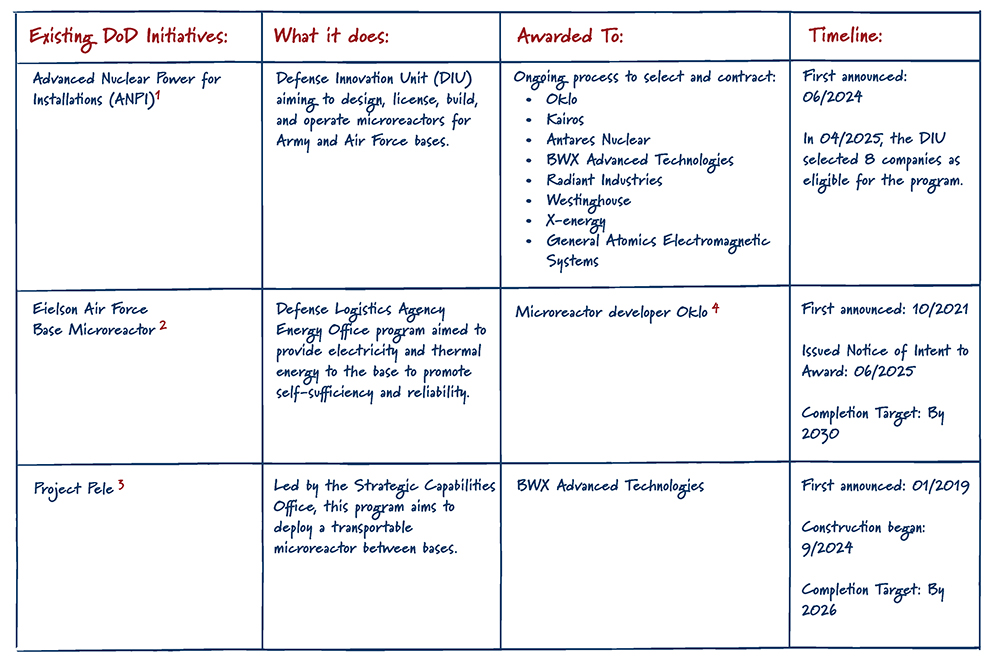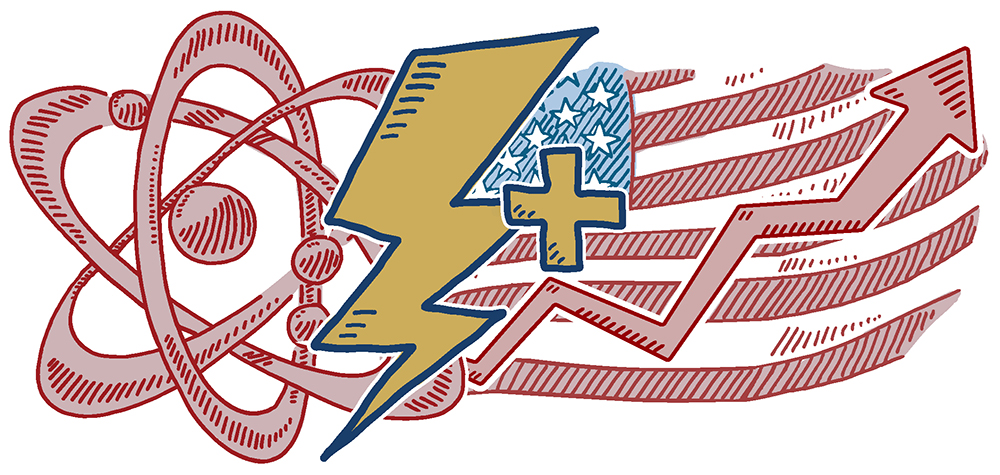The Race to Scale Global Nuclear Energy (The National Interest)
This op-ed was originally published by The National Interest on October 2, 2025. Click here to read the entire piece.
The administration has set one of the boldest energy goals in American history: quadrupling nuclear energy production by 2050. This is an ambitious but necessary goal if the United States’ electricity demand is to double by 2050. Scaling nuclear energy would be necessary in order to come close to meeting that projected demand while also reducing emissions.
This goal would require a new reactor build-out at a scale never before seen in the United States. At current trajectories, the United States would need to add the equivalent capacity of our current fleet of 95 reactors every decade through 2050. The United States isn’t alone in its effort to meet this challenge. More than 30 other countries have set a goal to triple the global nuclear capacity. A targeted United States strategy and strong global leadership, along with allied cooperation on fuel, manufacturing, and financing, can make both goals a reality.
The greatest asset the United States has to achieve this is a world-leading, innovative private sector. But even as tech and industrial customers are promising large investments, the United States must focus public and private resources to ensure companies have the tools to scale. Congress has demonstrated its commitment to nuclear energy with bipartisan policy and financial incentives, but more can be done to reduce investment risk as nuclear technology companies look to attract private capital, such as concepts like Senator Risch’s (R-ID) Accelerating Reliable Capacity Act.
In addition, the United States must work effectively with its allies. Countries like Canada have a reliable supply of uranium, Japan has nuclear fuel recycling expertise, and Japan and South Korea have robust manufacturing capabilities focused on international collaboration and export-driven growth. Furthermore, the United States and the UK just signed a partnership to collaborate on nuclear energy exports to expand the global market. Finally, with countries like Poland and Romania seeking alternatives to Russian energy in Eastern Europe, the United States has many opportunities for partnerships.
Click here to read the full article

